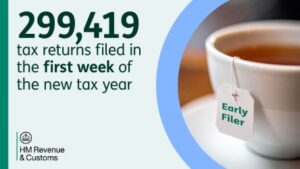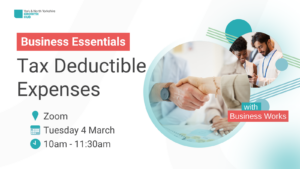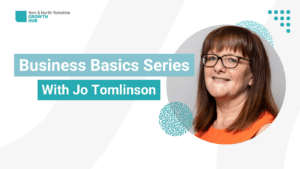
How to write a business budget
–
Writing a budget is a fundamental aspect of managing your business’s finances effectively and an integral part of your overall business plan and strategy. It provides you with a roadmap for allocating resources, setting financial goals, and ensuring that your company stays on track financially. In this article, we’ve listed the essential steps to create a budget for your business.

Gather your information
Before you can create a budget, you need to gather all the relevant financial information you’re going to need. If you’re just starting out, research likely costs so you can make as informed an estimate as possible of your likely expenses. In an established business, this would include your past income statements, balance sheets, cash flow statements, and any other financial records. Additionally, collect information on your past expenses and sales, to get a clear picture of your financial history.
Estimate your income
Determine your expected revenue for the budget period. This will include income from sales, services, and funding including grants and loans. This will ultimately be an estimate, so do your research to help you make projections that are as well-informed as possible. Read around to consider all the factors that will affect revenue, such as market trends, historical sector data, and the state of the wider economy locally and nationally. You can read more advice in this blog about predicting your revenue forecast.
List your expenses
Make a full list of your expenses by category. Common expense categories include:
- Fixed Costs: These are expenses that remain relatively stable over a period of time, such as rent, utilities, and insurance – though you should confirm when these expenses are likely to be reviewed by the supplier / landlord, so you can plan in time for a supplier review and budget for inflationary increases.
- Variable Costs: Variable costs are ones that fluctuate based on how busy your business is. Examples include raw materials, labour costs, and marketing expenses.
- One-time Expenses: These are non-recurring expenses, such as equipment purchases or premises changes.
- Debt Payments: These include any loan payments or interest expenses.
- Operating Costs: This category encompasses day-to-day operational expenses such as office supplies, maintenance, and travel.
Create a budget spreadsheet
Spreadsheets are the backbone of budgeting! Use spreadsheet software like Microsoft Excel or Google Sheets to create a budget template (Hubspot have a list of recommended budget templates available online). Organise your budget into different categories and allocate estimated amounts to each expense category. Be realistic in your estimations, and consider including a contingency or buffer for unexpected expenses.
Monitor and adjust
Once you’ve written your budget remember that it is not set in stone. A budget is live, a dynamic tool that requires regular monitoring and adjustment in response to how your actual income and expenditure turns out. Track your actual income and expenses as the budget period progresses and compare them to your budgeted amounts. If you notice discrepancies, look at the reasons behind them – did you make the wrong assumptions? Did things cost more than expected? Did you under or over-estimate the number of sales? – and make the necessary adjustments to stay on track. Then use what you’ve learned to budget more accurately next time.
Review and reflect
At the end of the budget period, conduct a review. Compare your actual financial performance to your budgeted expectations. Look at what went well, where you exceeded expectations, and where you fell short. Use this review to inform your future budgeting processes and refine your financial strategies.
Creating a budget for your business is an essential step in managing your finances, setting goals, and ensuring the financial health and sustainability of your company. By following these steps and staying disciplined in your financial planning, you’ll be better equipped to make informed decisions, allocate resources effectively, and navigate the financial challenges and opportunities that arise.
Learn more
Find out about how to write an annual report / accounts
See what funding sources for businesses are available
–

–
A record 299,419 returns filed in the first week of the new tax year
Self Assessment customers can submit their tax return for the 2024 to 2025 tax year between 6 April 2025, the first day of the new tax year, and the deadline on 31 January 2026.
Business Essentials: What is a Tax Deductible Expense?
As a business owner, it can be daunting when you are trying to work out what you can and can’t claim as tax deductible expense. Other business owners will give you their opinion but is that the right advice for you and your business? You can search online, but this can be confusing and often contradictory. So, what can you claim?
How digital tax will benefit your business
You will probably have heard about digital tax but what does it actually mean for you and how will it benefit your business?
Business Basics Series: Webinar Recordings & Blogs
These resources provide a guide to key subjects such as tax, pricing and all things numbers. Jo Tomlinson is a qualified Management Accountant, certified QuickBooks Advanced ProAdvisor, Making Tax Digital ProAdvisor and 1 of only 11 Certified QuickBooks Trainers’ that work on behalf of QuickBooks, training accountants across the UK.




